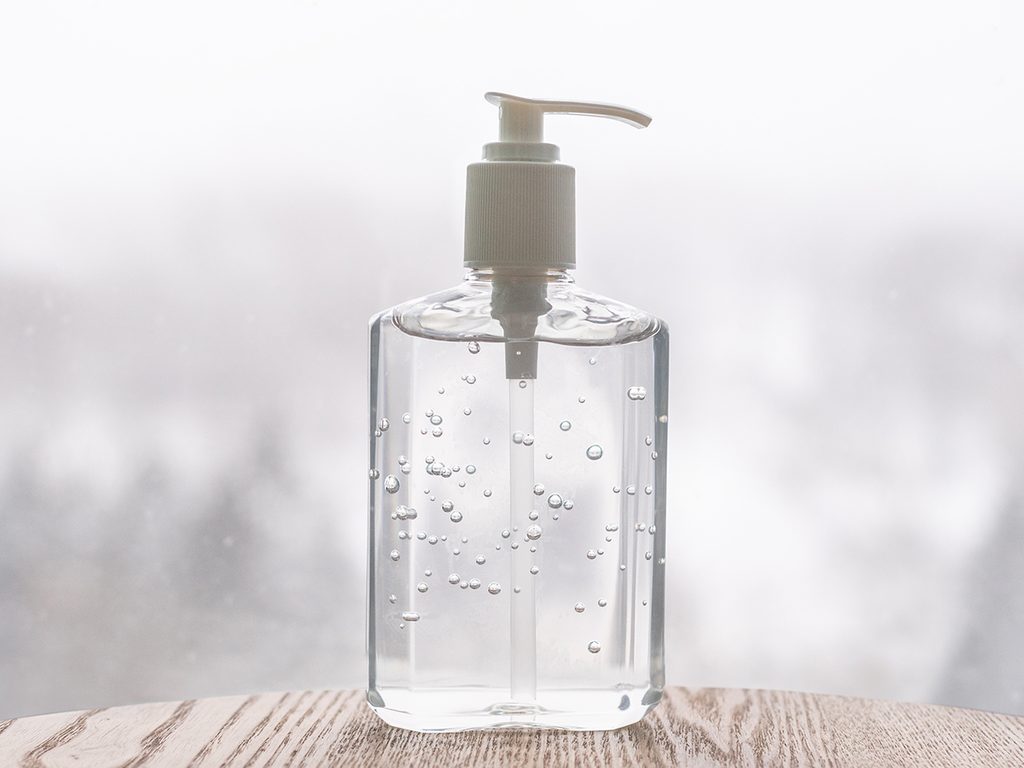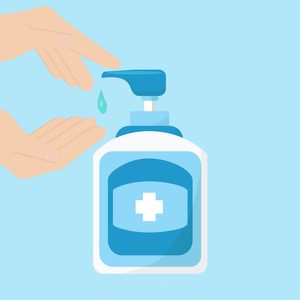4 Things You Should Know About Hand Sanitizers

Here's what you need to know about hand sanitizers and your health.
The CDC says COVID-19 is spread from person to person through respiratory droplets. These droplets can be on the hands of those infected, and also land on surfaces, which is another way Covid-19 is transmitted. That’s why the CDC and The Government of Canada are stressing proper hand hygiene as an important first-line defense against the spread of Covid-19.
While proper handwashing is a vital part in keeping yourself healthy, soap and water aren’t always around when you need them. That’s where alcohol-based sanitizers come to the rescue. Check out the sanitizers approved by the Government of Canada, and know the tips below.
1. Hand sanitizers are effective—but not as effective as soap and water
The Government of Canada recommends washing hands with soap and water whenever possible, as it is the most effective way at reducing the amount of germs on hands. If soap and water are not available, a hand sanitizer with at least 60 percent alcohol can be effective, according to the CDC. Sanitizers do not eliminate all germs, so wash your hands with soap and water for 20 seconds when you’re able to do so.
2. Hand sanitizers may not remove harmful chemicals from hands
The CDC says in one study, people who cleaned their hands with hand sanitizer had higher levels of pesticides in their bodies.
3. Hand sanitizers do not remove dirt and grease from hands
Handwashing with soap and water is the most effective way to clean hands covered in dirt or grease. A hand sanitizer is likely to result in residue and remnants left on hands.
4. There’s a correct way to use hand sanitizers
The Government of Canada recommends people always follow the directions on the hand sanitizer label. The CDC advises to apply the product to the palm of one hand and rub all over hands—top and bottom and in between fingers—until dry.







